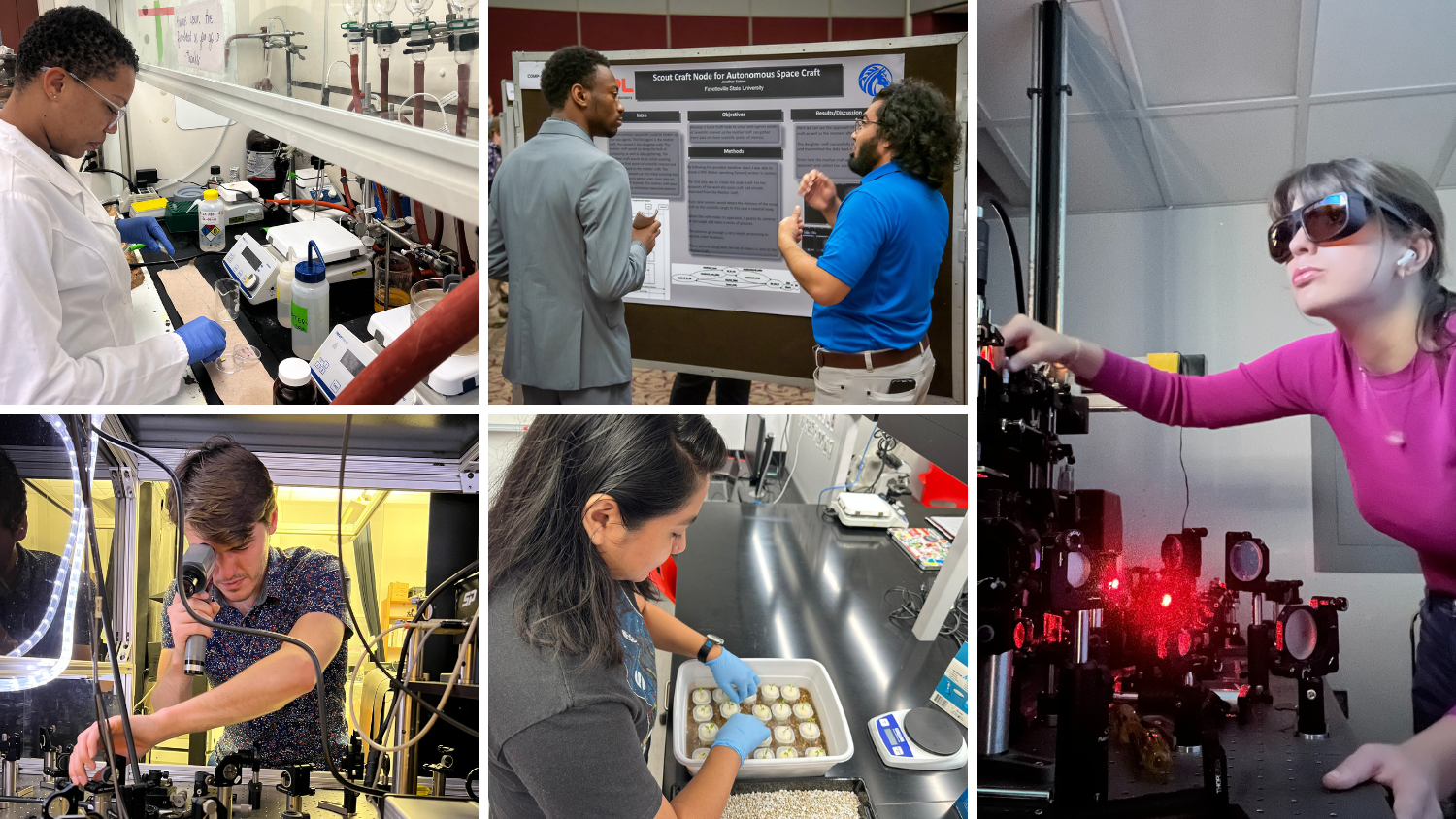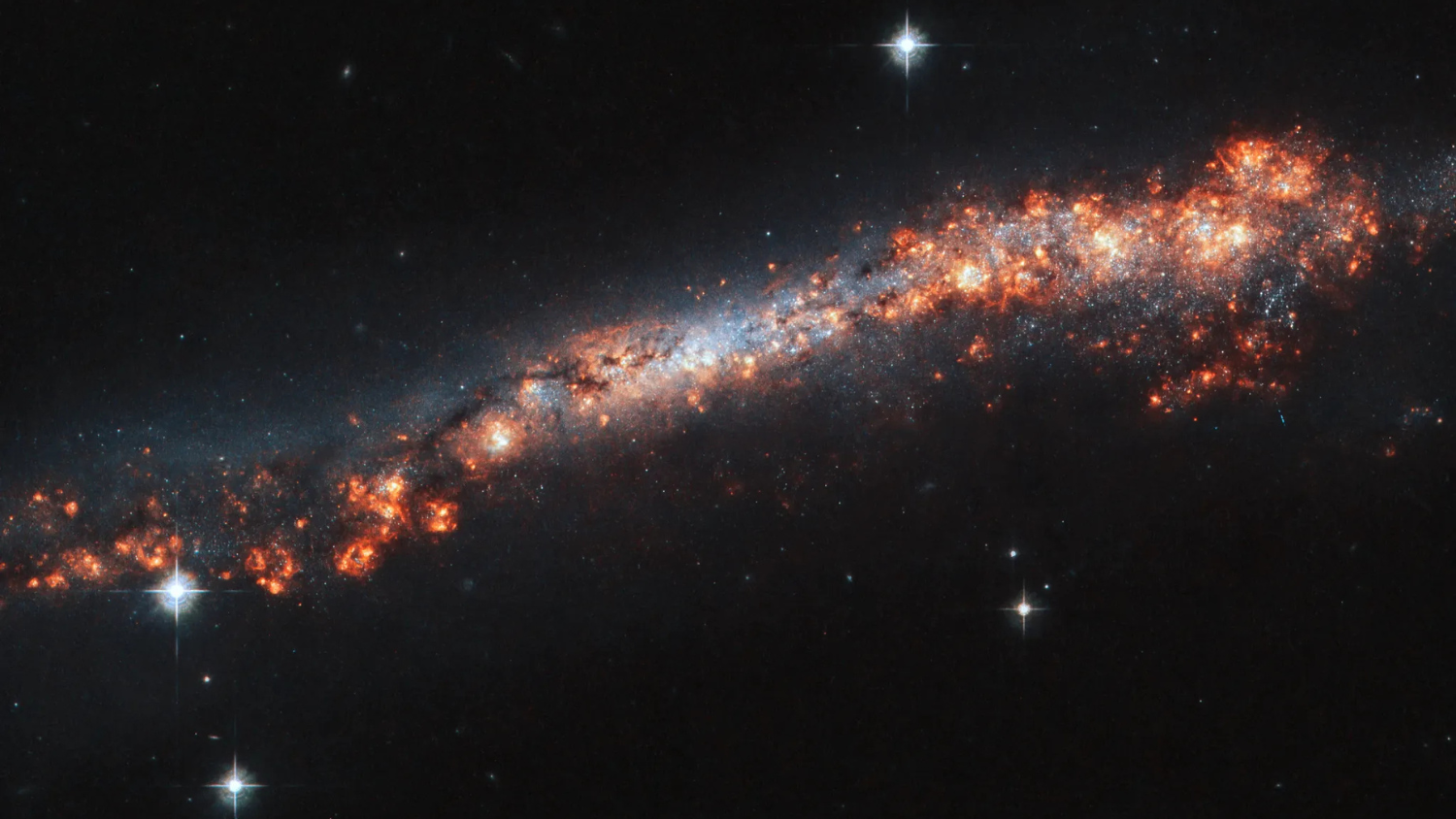Mars Missions: Tighe Shares Her Perseverance Story

Former NC Space Grant scholar, Katherine Tighe, landed her dream job — working on developing technology for future NASA projects looking to deepen our understanding of our solar system. In these excerpts from a conversation with NC Space Grant, she reflects on her NASA internships while pursuing her bachelor’s degree in mechanical engineering at Duke University. She graduated in May 2020, and is now a mechanical engineer in the Extreme Environment Robotics Group at the NASA Jet Propulsion Laboratory. Katherine is from Pasadena, California, and went to Mayfield Senior School there.
How do programs like NC Space Grant help young engineers achieve their career goals?
Katherine Tighe: They provide opportunities to get internships, which not only show the kind of skill sets needed for a job in engineering, but also enable connections with people working in the industry. NC Space Grant created the chance to present my projects at the North Carolina Space Symposium as well – I never would have had the experience to present my research on such a big scale otherwise. Finally, seeing how what I was learning in my classes applied to actual jobs in aerospace was so motivating and inspiring.
What did you do during your internships at NASA? And what were some takeaways that you have from those?
All of my internships were at JPL, the Jet Propulsion Laboratory, which is a NASA center that focuses on robotic explorations. Two of them were supported by the North Carolina Space Grant and were for a program called Mars Sample Return. That’s a potential three-stage mission to bring back samples from Mars to Earth. Perseverance Rover (Mars 2020), which is the first step, is landing in February 2021. Part of that mission is going to be to collect rock and soil samples in tubes and leave them on the surface of Mars. In my internships, I did research and development with a group looking into the second step, which would collect those sample tubes from the surface and send them into Mars orbit.
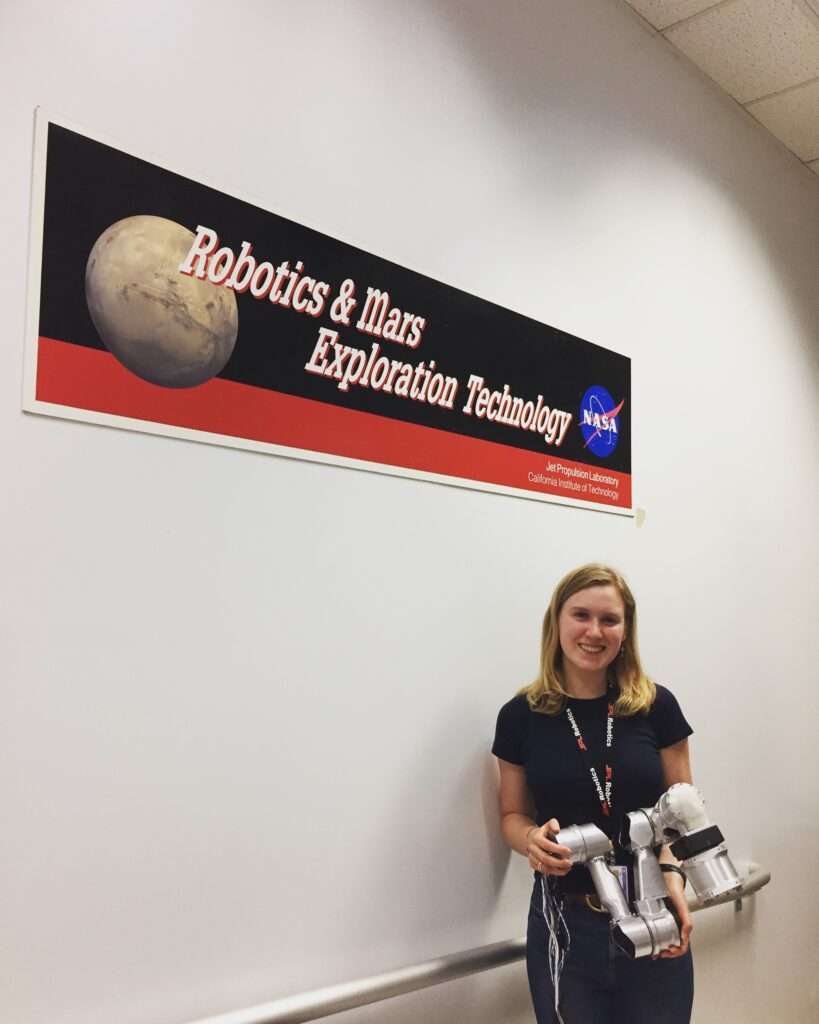
My work was specifically on a testbed that did verification and validation of different concepts for picking up the sample tubes. One summer, I designed and built a pair of grippers to be used for testing. Another summer, the group wanted to test out a different robotic arm configuration, so I took an old robotic arm, reoriented the actuators, and designed new links to get it to better match what they were thinking. I also got to help brainstorm, prototype and test storage mechanisms for the sample tubes. It was very cool – I got to work on a lot of awesome stuff.
In terms of takeaways, I would just say the importance of always being open to learning from whatever becomes available — not only was I learning from my projects, but there were also talks and tours to learn about other projects.
What was the difference between your internships? Did you build off of each internship or was it something different every time?
Every summer was technically a different project, all within the same testbed for Mars Sample Return. The projects definitely increased in scope and complexity, so that was cool. Each one also used different skill sets. For example, the summer I worked on the robotic arm I did a lot of electronics work and wiring, which was something new that I learned. The final summer, with the grippers, was mechanism design. I did have continuation with an actuator – my first summer I ordered parts, the second summer I assembled it, and in the third summer, I put it on a robotic arm, so it was very fun to see it completed.
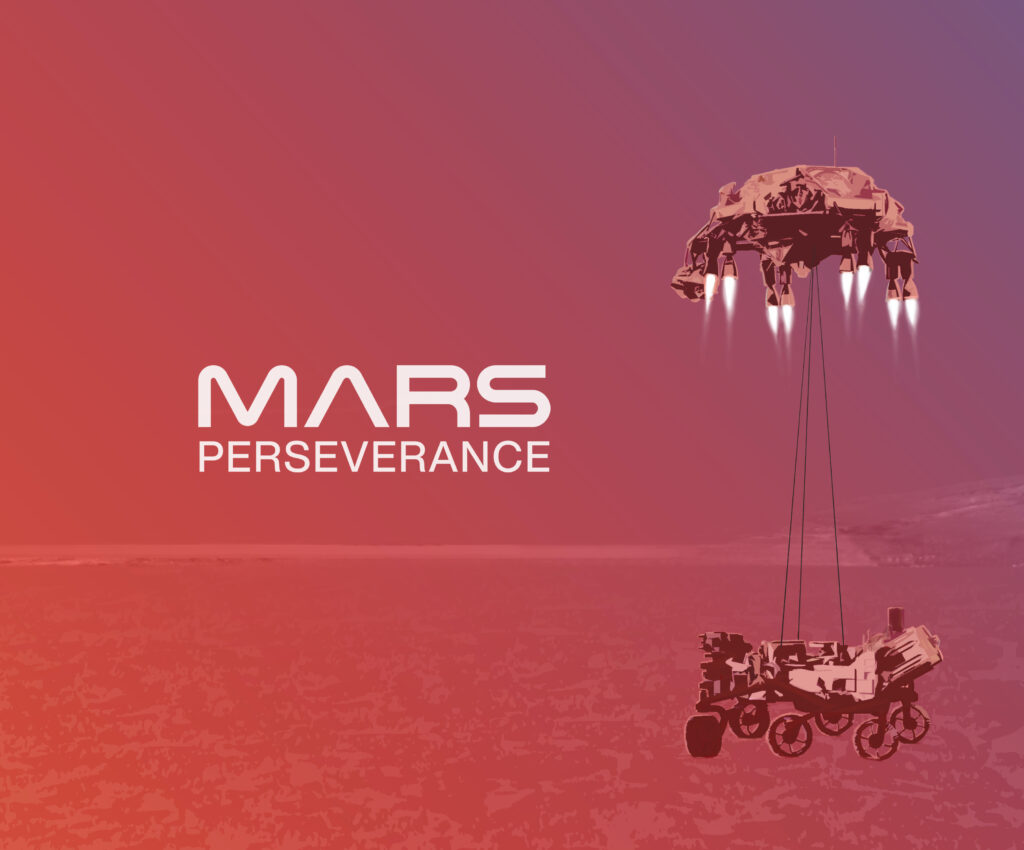
What was the most exciting part of your internships?
Just being at JPL, around the people that I got to work with and hearing how passionate they were about what they did, and projects that they were working on. Some other highlights included seeing the Mars 2020 rover being assembled in a clean room, going to the last planning meeting for the Opportunity Rover before it went offline, and being co-captain of the ultimate frisbee team representing JPL in the Aerospace Games.
What are you doing now?
I currently work at JPL, actually within the same group where I interned, doing mechanical engineering for robotics. I’m working on the development of sampling tools for Europa and the design of an inspection robot.
What was your dream career in college? Did you think that you were going to be working for NASA?
I’ve wanted to be an engineer since the third grade so the dream started early. I was lucky enough to intern at JPL the summer before my freshman year of college, and when I left for school, I was like, “Wow, I love aerospace! I want to work for JPL and NASA.”
So going into college I knew I wanted to do engineering but the internship helped me see that mechanical engineering was the branch of engineering that I was really passionate about.
What is your advice to incoming students who would want to work for NASA?
I’d say make sure you are dedicated to learning and building the skills through your classes and get involved with hands-on projects, whether that be through an internship, or a school team or research lab. That way you have the combination — in classes, building a strong foundation, but also having the experience doing hands-on application building for mechanical engineering. For other fields, it also would be hands-on, but in whatever way applies to those fields. Certainly, the work also involves being in a team environment, so having good cooperation and communication skills helps.
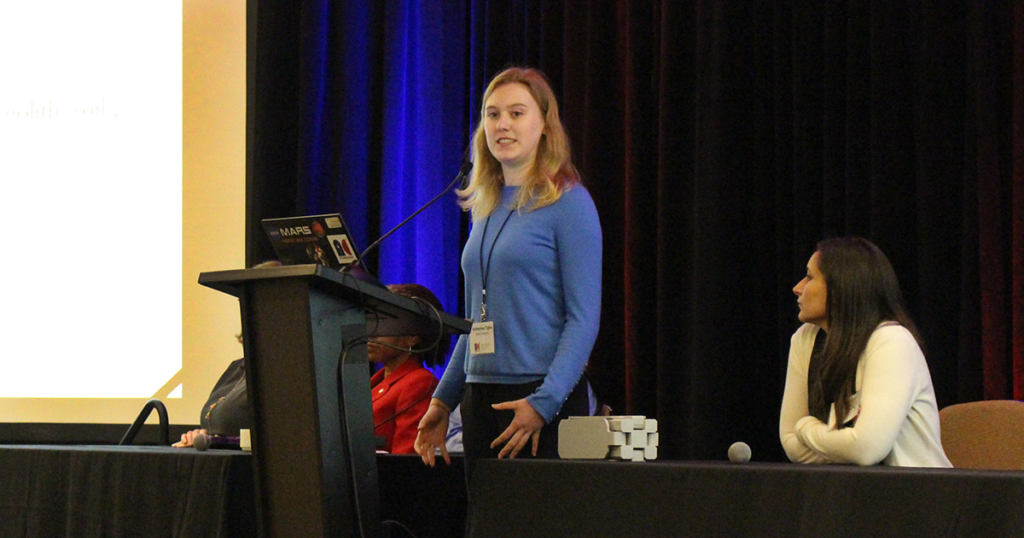
Just being at JPL, around the people that I got to work with and hearing how passionate they were about what they did, and projects that they were working on. Some other highlights included seeing the Mars 2020 rover being assembled in a clean room, going to the last planning meeting for the Opportunity Rover before it went offline, and being co-captain of the ultimate frisbee team representing JPL in the Aerospace Games.
Finally, having a project or part of a project that was yours, something you designed and had control over, and saw from start to finish. I think that’s a crucial step, to be able to show, this is something that I took from design to final execution. Yes, I got advice. Yes, I worked with other people. But this was my project. That’s a very big thing.
Main Image and Mars Perseverance Image Credit: NASA/JPL-Caltech
